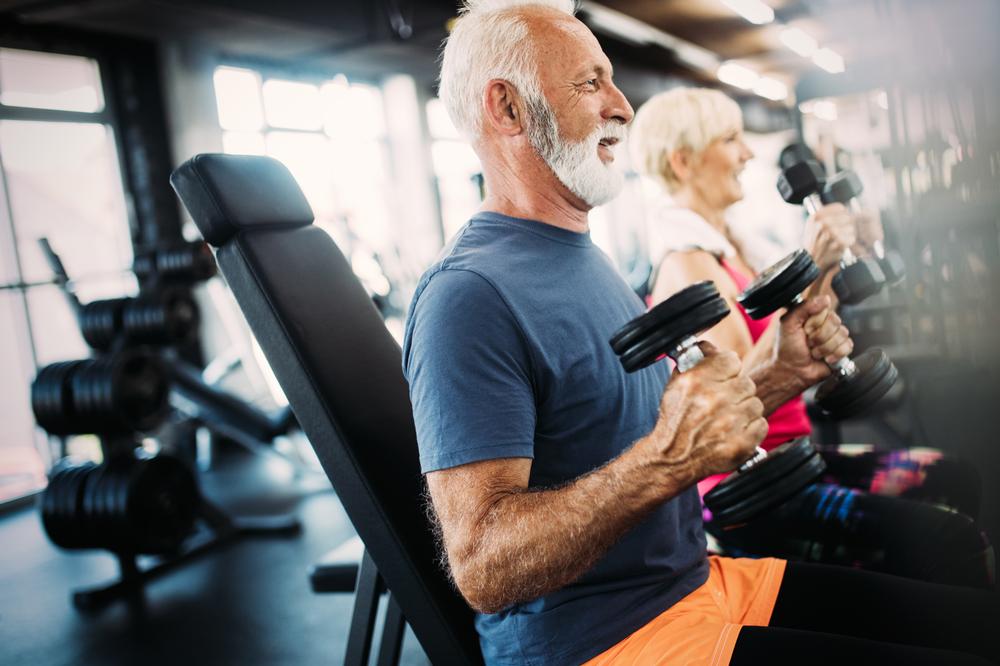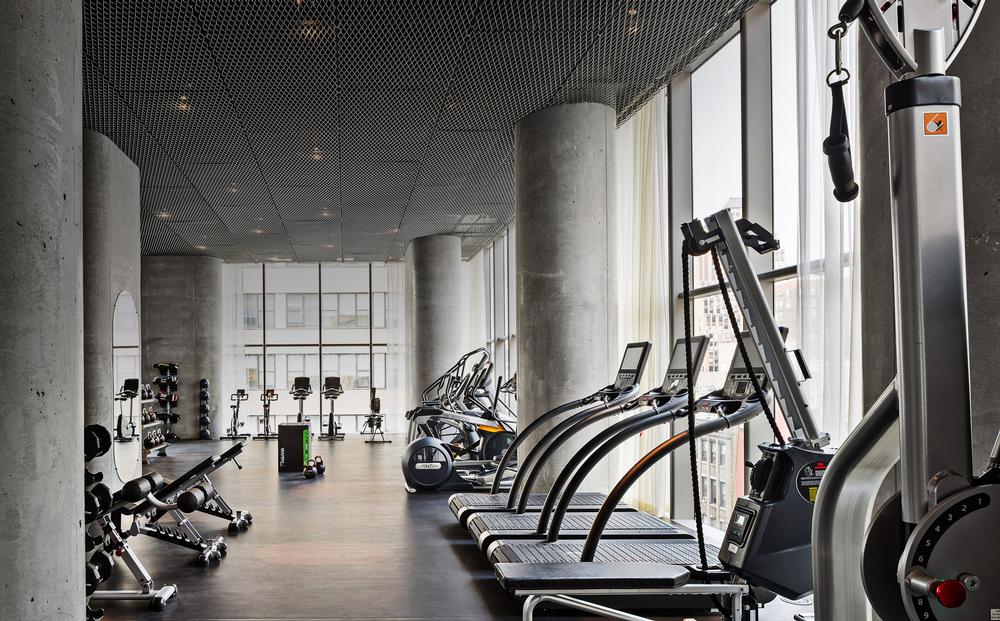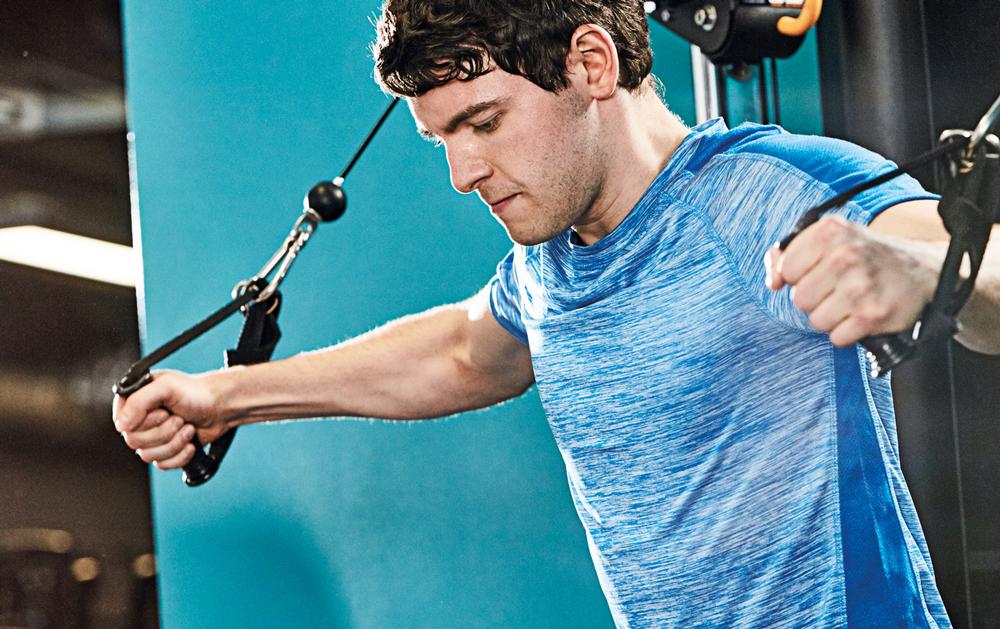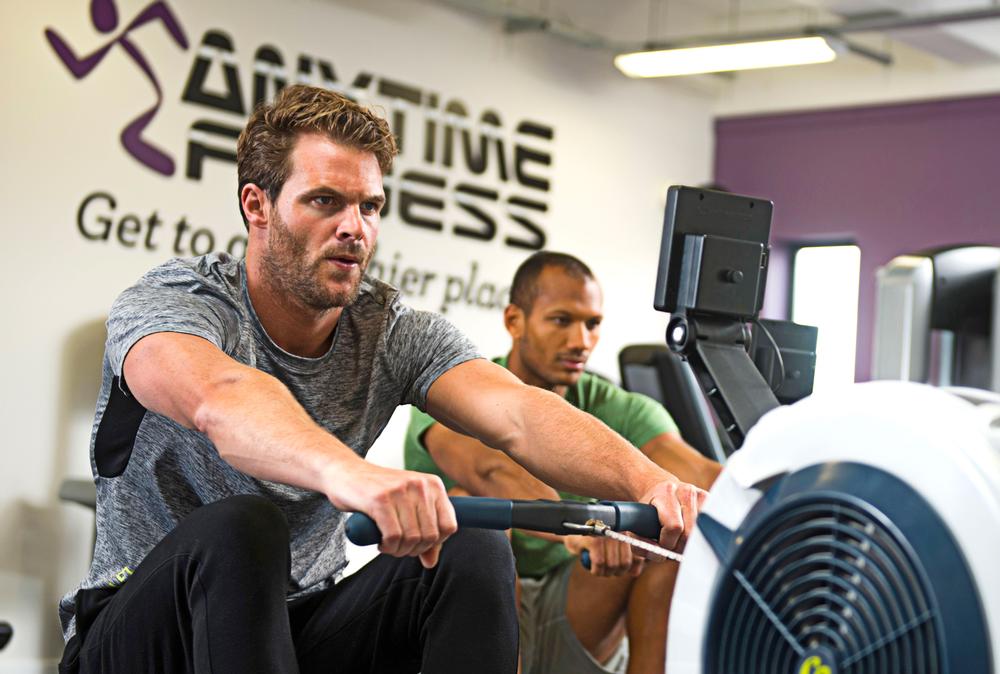The growth of the UK’s health and fitness sector is well documented. With 5.8 million members nationally, it was estimated by Mintel to be worth £3.2 billion in 2018. Separately, Colliers recently conducted a 3,000-person consumer market survey, which revealed 45 per cent of gym goers have increased their gym attendance since 2016, while 71 per cent of people who go to the gym attend more than once a week.
But, despite the fact that this is a rapidly growing sector, market penetration is still low. Clearly the UK’s health and fitness market offers great opportunities – for both landlords and operators alike. This is underpinned by a millennial generation who rank spending money on fitness and wellbeing above dining out and drinking. Meanwhile the 50+ market is still relatively untapped and offers steady growth opportunities for incremental spend at branded and family club offers.
With increasing numbers of people now favouring healthier lifestyles, consumers are willing to travel further and pay more for the right fitness facilities.
Location, location, location – it is a mantra that certainly rings true for the health and fitness market. Being close to good schools and transport links used to be the top priorities when buying a house; now, gyms are also a key driver.
Living the ‘high’ life
Almost half of people surveyed said what they liked most about their gym was that it was close to home and another 75 per cent were willing to spend more on monthly rent or mortgage payments to be near their gym of choice. Moreover, 29 per cent of people revealed that they would be willing to pay a higher membership fee for a rooftop gym.
As such, at Colliers we believe that landlords now have the opportunity to start thinking creatively about the way gyms are incorporated into wider residential or mixed-use developments. For example, in Manchester, the wellness platform Hero Fitness has partnered with Moda Living to create “the UK’s healthiest rental communities”, providing a range of fitness and wellness services in residential projects led by the developer.
Similarly we are finding residential developers in London are now opting to expand space previously allocated for a residents gym and commercialise this space for third-party occupiers that can offer discounted membership to residents subsidised by the building’s service charge. This is a trend we at Colliers fully expect to continue, thus opening up new potential opportunities for occupiers.
Workplace to workout
With monthly membership and credits counting for the majority of revenues, attracting sufficient members is critical to a health and fitness club’s success. Outside of Central London, a key metric for this is having a significant residential population within the gym’s specific drive time. However, in the capital and other major towns and cities around the UK, locating the areas with a high density workforce is key.
Using a ratio of workers per gym can provide a powerful metric for assessing the current gym provision in an area and identifying any potential gaps for further clubs. Based on 12.2 per cent of the adult population aged 18 to 70 being members of a gym (Sources: Mintel, Experian), and there being, on average, 3,000 members per club, Colliers estimates a catchment of around 25,000 workers would be needed to support a traditional gym model.
Taking London as just one example, our recent research analysed how each of the London office sub-markets compared to this benchmark based on their current gym provision. The report found that Central London could support a net increase of 32 gyms to reach the optimum benchmark of 25,000 workers per gym. Moreover, 11 out of the 18 submarkets analysed showed an undersupply of health and fitness facilities. So while London’s City Core would seem like the obvious choice, given its abundance of office workers on tap, the reality is that this is a particularly competitive market. Certain occupiers may be better off selecting a growth area with lower existing provision compared to the available workforce, such as Farringdon, Victoria, Westminster or Shoreditch.
With 52 per cent of people saying they exercise more intensely during weekdays, we believe that office landlords have the opportunity to better utilise and monetise buildings’ underused or vacant spaces, such as basements. We have already seen the conversion of lower ground floors in offices particularly in central London has created a steady stream of new gym opportunities, while more are yet to be explored.
In our recent consumer survey, 35 per cent of people said they go to the gym to destress, while another 31 per cent per cent confirmed regular exercise helped improved their mental health. In addition, 28 per cent per cent said they go to the gym to switch off from the outside world. With regular exercise now a proven way of helping to lower stress and increase productivity at work, office landlords and developers are becoming increasingly aware of the operational benefits to businesses of providing an onsite health and fitness offering.
One stop shop
Our research also found that 60 per cent of all gym provision in the UK is located out-of-town, while the remaining 40 per cent is split between the high street (31 per cent) and shopping centres (9 per cent). Despite this, the convenience of being able to shop and workout in a single location means more gym provision is becoming available as part of a holistic retail/leisure mix on high streets and in shopping centres.
In our research paper , it was identified that gyms and health clubs opening in high street locations rose from 317 to 365 between 2017 and 2019, representing a 15 per cent increase in health and fitness facilities present in this type of location.
Of those brands increasing their high street presence, the fastest were low cost operators such as The Gym, Anytime Fitness and PureGym, which individually grew their portfolio sizes by 75 per cent, 32 per cent and 28 per cent respectively over the two-year period.
While these low cost operators continue to pursue aggressive expansion plans on the high street, no doubt fuelled by the increasing availability of ex-retail units, other retailers are also trying to take advantage of the successful partnership emerging between fitness and retail. These include the quasi-retail, free class offers successfully hosted by workout clothing brands Sweaty Betty and Lululemon, and the home workout and virtual studio class concept by Peloton.
If planned correctly, gyms – especially the studio variety with small floorplates – could be one offer which helps fill the voids left by high street retail or restaurant store closures, with the ability to drive footfall to otherwise struggling retail locations. And, if blended as part of a wider complementary wellness quarter, we could also begin to see studio gyms and fitness apparel brands co-located alongside other sports and wellbeing uses in dedicated health and fitness zones.
Lessons learned
Given this positive outlook, a health and fitness offering should always be given due consideration during the placemaking stage of any new – or existing – mixed-use scheme.
That being said, lessons should be taken from the casual dining sector, which has suffered considerably over the last few years from an oversupply of product. Operators that have a distinctive and well-thought out offer that is brilliantly executed and available in the right locations are continuing to thrive – but for many, this simply isn’t the case.
The unprecedented growth of big casual dining chains, coupled with an increasing number of new entrants, means that the average diner is now spoilt for choice – a situation that has ultimately resulted in an oversupply.
The health and fitness market has the potential to head in the same direction, if due diligence isn’t undertaken as the popularity of the sector begins to pick up steam. We have already seen some studio gym concepts in Central London agree very large rental commitments as they compete in the race for space. Aggressive bidding could lead to overheating of rents in the sector and as such, we would strongly advise occupiers to seek property advice when looking for suitable real estate.
Pairing the right gym model with the right location and the demographic will be key in the coming years to avoid oversupply and history repeating itself.
The good news, however, is that the future of the UK’s health and fitness market it looking strong. With new and exciting concepts combined with a healthy rental market and a nation looking to get fitter, we believe gyms and fitness facilities occupy a stronger position than ever in the UK’s alternative asset class for both landlords and investors.


























































